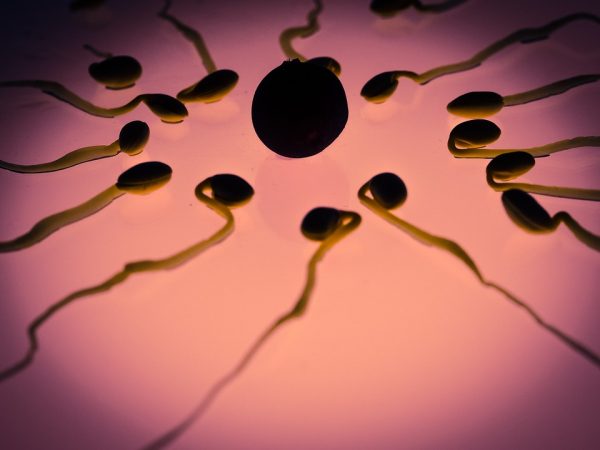06/04/2018 / By Edsel Cook
It is a scenario that wouldn’t look out of place in the novel Frankenstein. Researchers have found a way to implant human brain organoids onto the brains of mice and grow them there, an article in Engadget states.
An organoid is a tiny and simplistic copy of an organ. Artificially grown and transformed from harvested human stem cells, they are used to study the organ they emulate. Brain organoids are reportedly a good way to analyze the human brain. However, they don’t live for very long when kept on petri dishes, with the current record standing at five weeks.
A research team from the Salk Institute for Biological Studies (Salk) grew a brain organoid no larger than a bean. They then cut open the skull of a mouse, implanted the organoid in the animal’s brain, and covered it with a see-through window.
The researchers reported that implanted organoids survived as long as 233 days inside the skulls of mice. They could get a steady supply of blood and nutrients from the brains of their hosts. What made this grisly process even more disturbing is that the transplanted brain organoids reportedly grew and acted in the same way as the brain of a newly-born human infant. (Related: Humans to Merge with Machines? The Implantation and Function of Neural Lace Brain Chip Technology.)
Brain organoids grafted onto mouse brains grow and develop like in human infants
The Salk team hypothesized that they could prolong the lifespan of an organoid with a steady supply of blood. They removed some tissue from the brain of a mouse in order to make room for human brain organoids, which were grafted onto a part of the organ with plenty of blood vessels.
The researchers reported that the brain of the mouse grew new blood vessels that connected with the grafted human organoids and began providing the latter with blood. This was the first time this has ever happened.
The brain organoids themselves grew new neurons. They also developed astrocytes, star-shaped brain cells that linked neurons together. The new human neurons did not just link up with each other. In another first, they also formed connections with the brain of the mouse, and both groups would fire off together during periods of brain activity.
Salk researcher Abed AlFattah Mansour surmised that improving the blood supply did not just keep the brain cells alive and healthy. It also allowed the organoid to grow and increase its complexity like a real human brain does. Mansour and his teammates claim that using lab animals to grow human brain organoids will help them understand how the human brain develops during times of health and sickness.
Other researchers demand stricter ethical guidelines about potentially conscious brain organoids
Even as some brain experts play God, others are calling for ethical guidelines on brain organoid experimentation. They warn that increasingly complex lumps of human brain tissue could develop consciousness and therefore merit human rights.
“It’s not an imminent issue, but the closer these models come to being like human brains, the more we potentially edge towards the ethical problems of human experimentation,” said Hank Greely, a professor and important official at Stanford University.
Brain researchers have been churning out disturbing studies involving brain cells and organoids. In one study, they removed human brain tissue from patients and kept the slivers alive for weeks.
In another study, a lump of brain and retinal cells displayed electrical activity when exposed to light. Such a reaction does not immediately mean consciousness, but it does raise questions about how much consciousness a brain organoid might possess – and if it is human.
Find out more about the disturbing things some researchers have devised to at WeirdScienceNews.com.
Sources include:
EnGadget.com
TheGuardian.com
We will respect your inbox and privacy



















